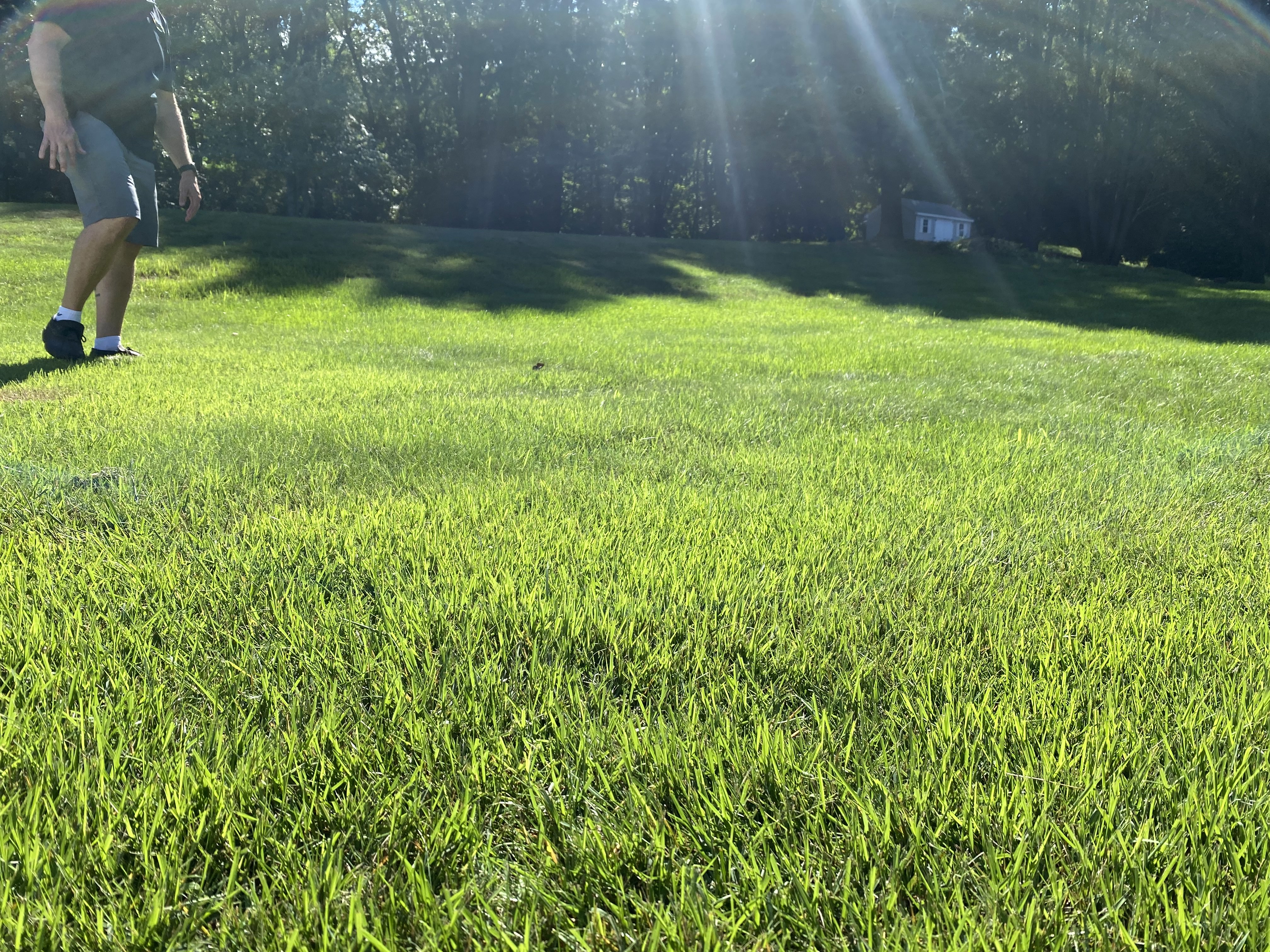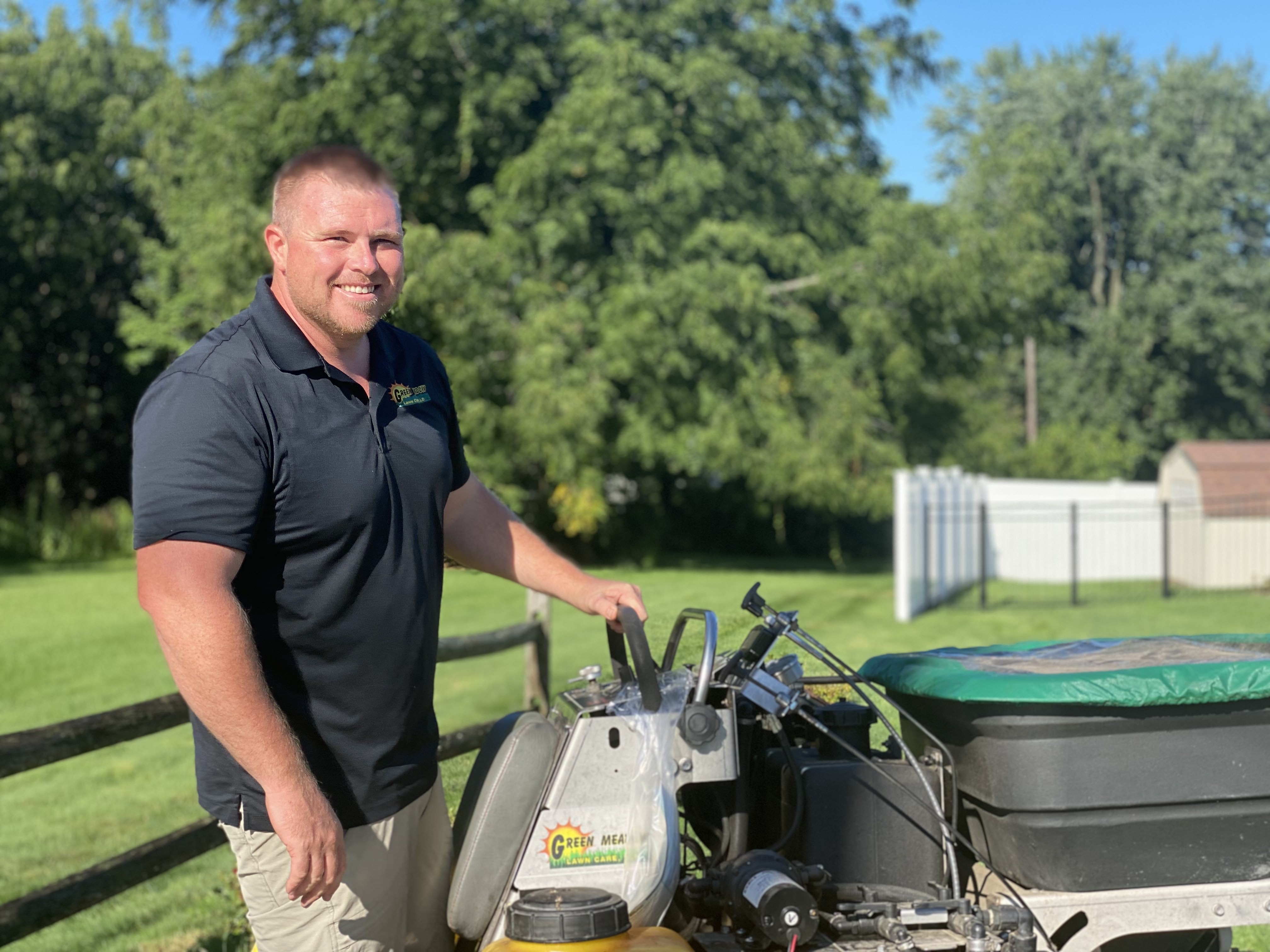Today we are going to talk about how grubs damage your lawn and what you can do on your own to repair it.
Grub damage can be terrible - you might look at a grub damaged lawn and be instantly overwhelmed and thinking it’s going to be a “big fix”. Don’t think so fast! Grub damage can be spot-repaired in no time. We’ll go over how with you.



.png)


.png)


